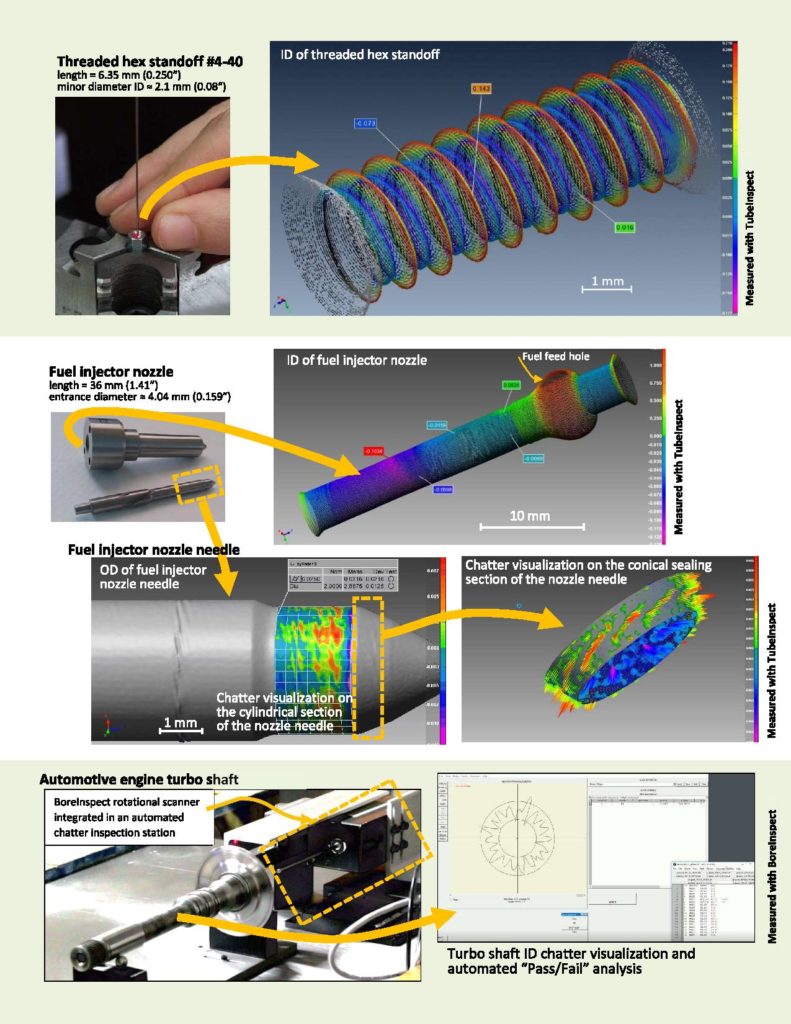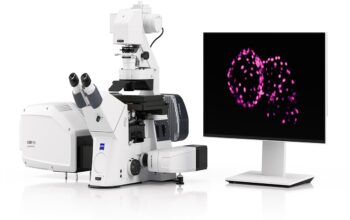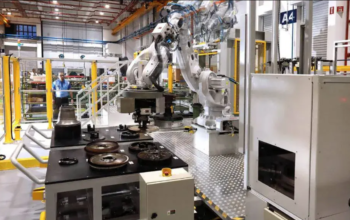![]() Introduction
Introduction
For high-precision measurements in tight spaces, Novacam 3D metrology systems based on low-coherence interferometry (LCI) are rapidly gaining in popularity in many sectors. For good reasons. They offer:
Micron-precision 3D measurements
Measurements of high-aspect-ratio features such as threads, undercuts, or grooves.
Support for automation
Versatility for integration with robots, various stages, or online inspection stations.
No More Need for Replication – Use Small Probes Instead!

Traditionally, many hard-to-reach surfaces have been measured by taking a mold by replication and bringing the replica under a microscope.
For example, silicone rubber-based replicas are used to measure defects in inaccessible surfaces in aircraft structures. Although simple to execute, this method is time-consuming, labour intensive, and practical only for inspecting small areas.
Today, such tight spaces can be measured in a direct and automated manner with BoreInspect and TubeInspect, Novacam 3D metrology systems for tight spaces. While both systems use small non-contact fiber-based probes with diameters down to 0.5 mm, their designs make them ideal for different application needs.

Bores or crevices in fixed objects are best inspected with BoreInspect, which measures by advancing its rotating side-looking probe inside.
Figure 1 shows an example of such an application.
In contrast, for tubes or cylinders that can be spun on a rotational stage, another option is the TubeInspect, which spins the measured tube or cylinder while advancing its side-looking probe along the inside and/or outside wall.
Figure 3 shows a typical TubeInspect setup.
What’s the Technology?
Both the BoreInspect and TubeInspect acquire measurements along a linear, circular, or spiral path, in a point-by-point manner, at up to 100 000 3D points (measurements) per second.

Novacam 3D metrology systems are fiber-based, modular, and based on low-coherence interferometry (LCI). The central component of each system is Microcam, a low-coherence interferometer. The Microcam produces and sends (via an optical fiber) a low-coherence light signal to an optical probe, which directs the light in a collinear manner at the inspected surface and collects the signal reflected back.
The Microcam processes the optical signal and sends the acquired measurement values to a PC for automatic logging, analysis, reporting, and user display.
Types of Measurements Obtained
From the acquired 3D point cloud, Novacam or GD&T software can extract measurements of:

- 3D geometry (topography)
- roughness and chatter
- defects, and
- thickness.
The 3D data is used to calculate parameters such as straightness, cylindricity, conicity, ovality, taper, distortion, runout, or lobing.
Each area scan also automatically produces a height image and an intensity image (shown in Figure 4), which can facilitate automated defect identification and measurement.
Since light can penetrate semi-transparent materials, coating or film thickness measurements may also be derived from the same scan.
Measure Tubes and Bores of All Sizes
High-precision 3D measurements of tubes, bores, barrels, shafts, valves, nozzles, and other cylindrical or conical shapes provide manufacturers with unprecedented amount of data and process insight. The next page shows several application examples.
Versatility & Support for Automation
Automated measurements right on the manufacturing floor help manufacturers reduce scrap and production line downtime, improve quality and yield, and bring significant overall savings.
Novacam 3D metrology systems support shop-floor measurement automation; they are modular and their fiber-based probes are easily integrated with precision stages, robot arms, and gantries, as well as within CMM and CNC machines. Automation is also supported through capabilities such as datum alignment, automated pass/fail reporting, and exportable reports. Measurements may be automatically evaluated with respect to user-defined criteria (GD&T, feature specifications, roughness, and defect inspection) or compared to reference CAD models. An API for the systems is available.
System Characteristics and Capabilities
- Light bandwidth: Broadband light
- Wavelength: 1,310 nm
- Acquisition rate: Up to 100,000 3D points per second
- Axial resolution: < 1 μm
- Lateral resolution: 4-75 μm (depending on the probe used)
- Depth range scanned: < 7 mm
- Standoff distance: From 0.5 mm to 1 meter
- Distance of probe from interferometer enclosure: Up to 1 km
Additional Benefits
With Novacam’s 3D metrology systems, multiple probes can be connected to the same interferometer (See Figure 5), giving clients additional return on investment

The same systems can also measure tool wear or damage (such as on drill bits or EDM electrodes) to help optimize timing of tool replacement or reconditioning
Novacam systems also excel at measuring in harsh environments, including very hot, cryogenic, or radioactive.
Conclusion
Novacam encourages managers and engineers in charge of metrology to contact us to discuss your metrology applications and any particular challenges related to hard-to-reach spaces.
To know more, check Novacam.









